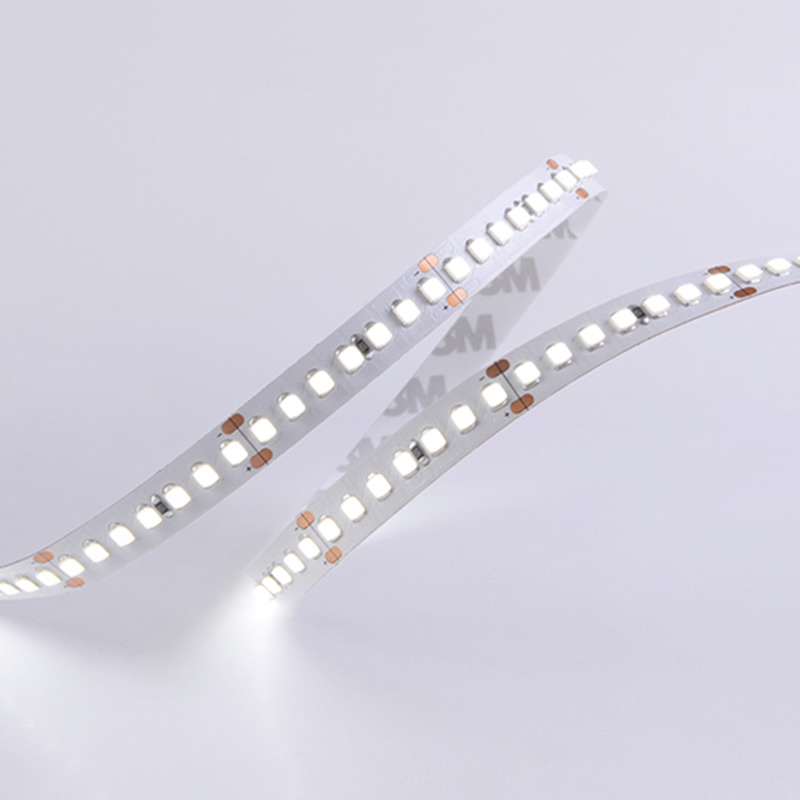Guidelines for Replacing Wheel Bearings in Drum Brake Systems
Drum Brake Wheel Bearing Replacement A Comprehensive Guide
Replacing the drum brake wheel bearings in your vehicle is a task that many car owners might find daunting. However, with the right tools and knowledge, it can be accomplished efficiently and safely. This article will provide a step-by-step guide on how to replace drum brake wheel bearings, covering essential tools, safety tips, and detailed instructions.
Understanding Wheel Bearings
Wheel bearings are essential components of your vehicle's wheel assembly. They allow the wheel to rotate smoothly while supporting the weight of the vehicle. Over time, wheel bearings can wear out or become damaged, leading to various issues such as noise, vibration, and compromised vehicle handling. If you suspect that your wheel bearings are failing, timely replacement is crucial for safety and performance.
Tools and Materials Needed
Before starting the replacement process, gather the following tools and materials
- Floor jack and jack stands - Lug wrench - Socket set - Screwdrivers (flathead and Phillips) - Hammer - Pliers - Bearing greaser - Replacement wheel bearings - Brake cleaner - Safety goggles and gloves
Safety First
Ensure you take the necessary safety precautions before beginning work on your vehicle. Always wear safety goggles and gloves to protect yourself from debris and sharp objects. Make sure your vehicle is parked on a level surface, and engage the parking brake.
Step-by-Step Guide to Replacing Drum Brake Wheel Bearings
1. Lift the Vehicle Use a floor jack to raise the vehicle, and secure it with jack stands. Never rely solely on the jack for support.
drum brake wheel bearing replacement

2. Remove the Wheel Use the lug wrench to loosen and remove the lug nuts. Take off the wheel to expose the drum brake assembly.
3. Remove the Brake Drum Depending on your vehicle, you may need to remove retaining screws or clips to access the brake drum. Gently pull the drum away from the hub. If it’s stuck, gently tap it with a hammer to free it.
4. Disconnect the Brake Components Carefully disconnect any components that may obstruct access to the wheel bearing, such as the brake shoes and springs. Take note of how everything fits together for reassembly.
5. Remove the Wheel Bearing Clean the area around the wheel bearing with brake cleaner. Locate the retaining clips that hold the bearings in place. Use pliers to remove these clips, then gently tap the bearing out of the hub using a hammer and a large socket or a bearing puller.
6. Install the New Bearing Before installing the new bearing, apply a layer of grease using a bearing greaser. Place the new bearing into the hub and ensure it is seated correctly. Reinstall the retaining clips to secure the bearing in place.
7. Reassemble the Brake Components Reattach the brake shoes, springs, and any other components you disconnected earlier. Ensure everything is properly aligned and securely fastened.
8. Reattach the Brake Drum Slide the brake drum back onto the hub. If necessary, reinstall any retaining screws or clips to secure it in place.
9. Reinstall the Wheel Place the wheel back onto the hub. Hand-tighten the lug nuts before lowering the vehicle. Once the vehicle is back on the ground, use the lug wrench to fully tighten the nuts to the manufacturer’s specifications.
10. Test Your Work Before taking your vehicle on the road, it’s crucial to test the brakes and listen for any unusual noises. Ensure everything is functioning correctly.
Conclusion
Replacing drum brake wheel bearings is a manageable task for those with basic mechanical skills. By following this comprehensive guide, you can ensure your vehicle maintains optimal performance and safety. However, if you feel uncomfortable performing this repair, don't hesitate to seek the assistance of a professional mechanic. Regular maintenance and timely replacements can lead to a smoother, safer driving experience.
-
Truck Drum Brake Spring Replacement ProcedureNewsAug.22,2025
-
Evolution Of Brake Drum Function Designs In Automotive HistoryNewsAug.22,2025
-
Drum Brake Motor Thermal Management SolutionsNewsAug.22,2025
-
Essential tools for brakes and drums repair jobsNewsAug.22,2025
-
Trailer Drum Brake Self-Adjusting Mechanisms ExplainedNewsAug.22,2025
-
Brake Drum Types in Vintage Auto RestorationNewsAug.22,2025
-
Rear Drum Brakes Maintenance TipsNewsAug.04,2025


